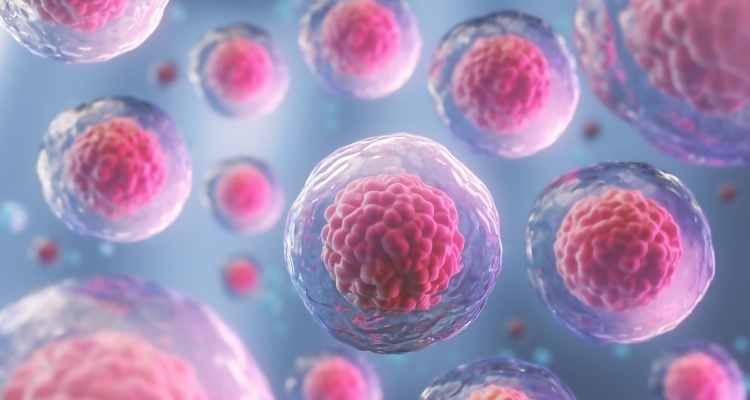You hear a lot about stem cell therapy. Some people say it’s evil and others claim it’s a medical miracle.
However, stem cell therapy has become a bit of a buzzword. Various experts and reporters will offer the briefest of explanations and then expect us to understand the ins and outs.
Part of the problem is convenience. To deliver news quickly and efficiently, a lot of sources leave out certain facts.
What is stem cell therapy? Why do some people see it as wrong, and why do others consider it promising?
The truth is that there are a lot of things you probably don’t know about stem cell therapy. We’ll talk about some of them in this article.
What Are Stem Cells?
What is stem cell therapy? The answer is a bit complicated, and before we go into detail, we have to learn what a stem cell is.
Human stem cell therapy originated in 1998, when scientists who’d been studying stem cells in mice discovered that human stem cells could function the same way.
Stem cells start off as very generic, non-descript cells, but they have the ability to adapt into more specialized cells. From muscles , to blood, to bones, stem cells are part of us at nearly every level.
1. Stem Cells Don’t Always Come from Aborted Fetuses
There’s a strong opposition to stem cell research amongst the pro-life community. They claim that stem cell research is unethical, because many of these cells are harvested from aborted fetuses.
The truth is that that’s not entirely accurate. Stem cells can be found in aborted fetuses, and some stem cells do come from them, but there are other sources.
2. Other Sources of Stem Cells
Embryonic stem cells are present in embryos. This means that embryos left over from fertility clinics can be used for medical research. Fetal stem cells can also be found in umbilical cord blood.
You even have stem cells in your body right now. These are known as adult stem cells. They have fewer uses, but they can help repair and replace certain tissues.
Scientists are seeking out other sources as well.
3. Stem Cells Can Replicate
You may have heard of mitosis, a process through which a cell splits into two identical cells. Stem cells do the same thing, and they do it quite often.
In many cases, the offspring of embryos in IVF labs have lasted years and provided plenty of research subjects for scientists to study all over the world.
We can already use stem cells in a few different ways, and mitosis plays a big role. Since stem cells can go through mitosis and become specialized to take on different roles in the body, you can get more use out of fewer stem cells.
While stem cells show promise for some major conditions like cancer, it can also be used for less-serious issues. You can get stem cell therapy for your knees if you need it.
What Is Stem Cell Therapy, and What Are Its Uses?
What is stem cell therapy? That’s a question that many people have. Also, why is it important?
We’ve talked about stem cell therapy in this article, but there’s more to learn. We encourage you to do more research on your own if you’re interested.
If you want to know more about various health topics please visit our site.

